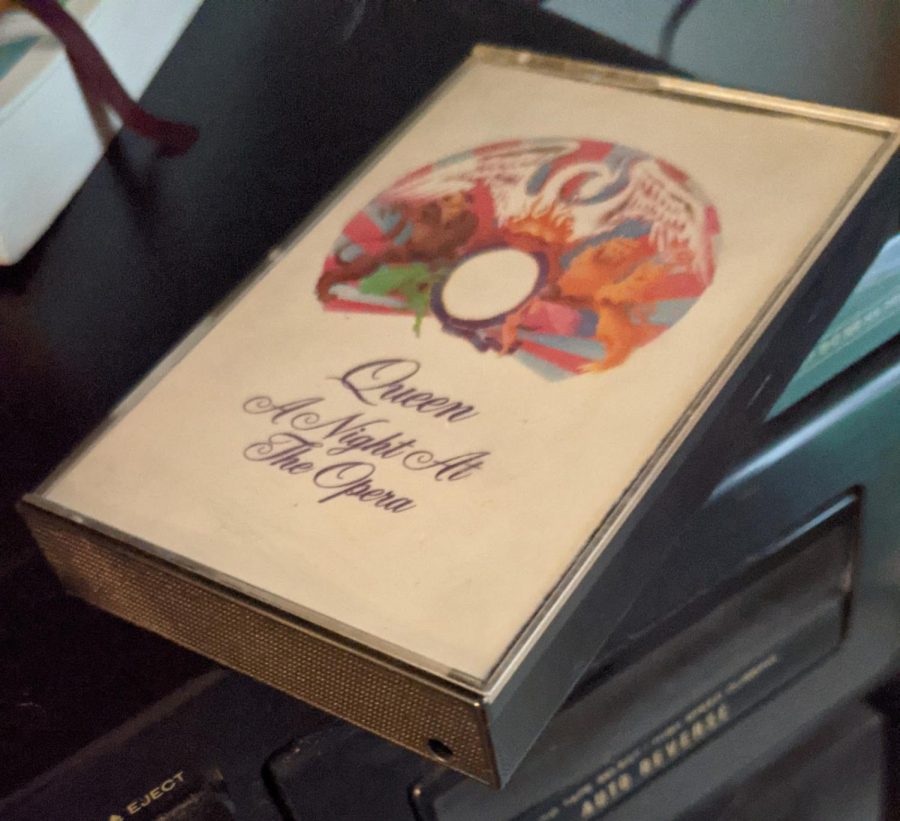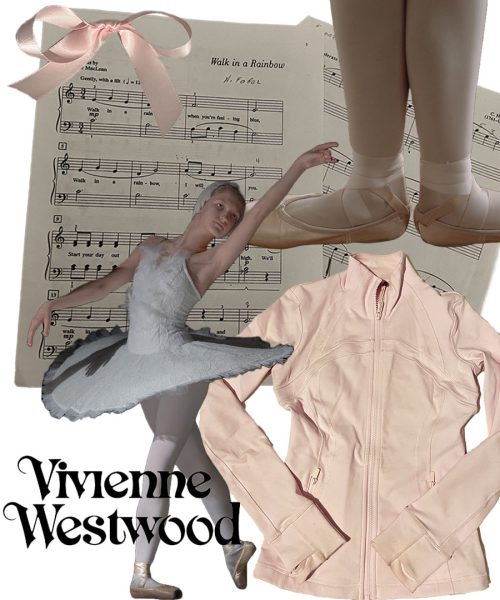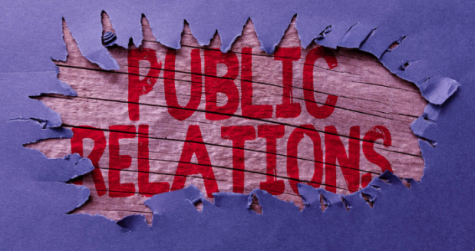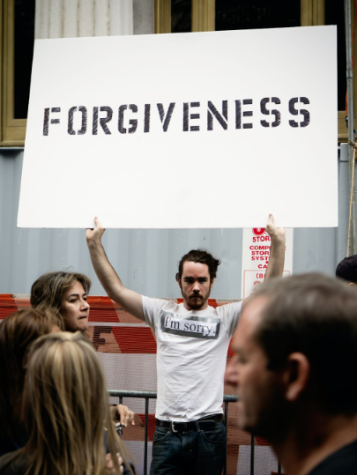“Bismillah! We will not let you go,” Side A
Operatics: a type of music you wouldn’t expect to rock out to with your friends. A musical style that by definition is about drama and expression. So how does one make a rock album about such a genre?
It starts with a dream that the late Queen frontman Freddie Mercury had while he was recovering from an illness in 1974 and writing his album “Sheer Heart Attack.” Once he had his idea, he went to the studio and spent $500,000 ($2,444,368.03 in 2021) recording thousands of layers for his songs. In each of his songs, he
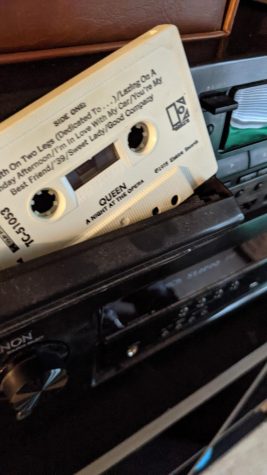
used the influence of jazz, British camp, music hall, folk, and, of course, opera. Mercury and the band worked hard to incorporate the themes they felt they needed to include on the album.
“Night at the Opera’s” first track “Death On Two Legs (Dedicated To…)” prompts the listener to wonder whom the song is “dedicated to.” The track was written in regards to the band’s old manager, Norman Sheffield, who allegedly mistreated the band and left them penniless after recording their album “Sheer Heart Attack.”
Despite being advised not to release the song, Mercury felt emotional about the subject because of how hard he worked on his albums. Within the lyrics, lines such as “Have you found a new toy to replace me?” and “A dog with disease, you’re the king of the sleaze” take jabs at Sheffield without actually using his name. You can further tell that the song is about Sheffield in the line, “Talk like a big business tycoon,” to refer to his contributions to big music companies. After hearing this song, Sheffield sued the band and its recording company for defamation. Eventually, a settlement was reached outside of court.
“Lazing On A Sunday Afternoon” is the shortest song in the album while being one of the faster ones, Mainly used to help with the opera theme in the record and transition into drummer Roger Taylor’s song “I’m In Love With My Car,” giving it a smoother transition. Mercury wrote this song as well as performed the piano and the vocals.
The band used a technique where they recorded the vocals in a way to mimic a megaphone. To do so, they played the vocals through headphones into a trashcan and recorded that to mimic the sound commonly made by a megaphone. Producer Roy Thomas Baker claims that the guitar solo played at the end of the song by guitarist Brian May was also recorded on the vocal track instead of on its own track because they had run out of tape to record on.
“I’m In Love With My Car” was the first song on the record to be written by Taylor. The original demo of the song was recorded completely by Taylor, covering the parts of drums, guitar, and vocals. However, in the final version, May re-recorded the guitar parts to better fit the tune.
When the mix was first played, May thought it was a joke because of the song’s bizarre car concept. However, the song was not written about Taylor’s car but instead about roadie Jonathan Harris’s love for his Triumph TR4 expressed by Taylor’s song.
“Car” features the sounds of Taylor’s Alfa Romeo’s engine revving and cars driving by to add depth to the automobile theme. Lyrics such as “with my hand on your grease gun” and “with the pistons a pumpin” contribute to the vehicle motif. Taylor’s extensive lengths to get his song on the record as a single created problems in the band since it generated the same amount of publishing royalties as Mercury’s “Bohemian Rhapsody,” despite not being as big of a hit.
“You’re My Best Friend,” written by bassist John Deacon, features the songwriter on a Wurlitzer brand electric piano Deacon learned to play while writing the song for his wife, Veronica Tetzlaff. A top 10 hit in Europe, the song conveys how much he loves his “sunshine” and wants her “to know that [his] feelings are true.”
May’s “39” is one of the album’s more unique songs given that it tells the story of a group of space travelers who spend 100 years in space, but to them, the time felt as if it were only a year. The traveler sings about how everyone he once loved is gone even while “[he’s] older but a year” and has gone through much pain.
“39” uses the time dilation effect of Einstein’s theory of relativity, which explains how the passage of time can be different for each person. Lead vocalist May jokingly asked Deacon to play double bass, similar to a cello but larger in size. However, Deacon took the request seriously and learned to play the instrument for the song’s recording.
The song “Sweet Lady” is May’s take on a rock song. The tune is fast with plenty of distortion; however, unlike most rock songs, the time signature is in 3/4 instead of the standard 4/4. Some of the lyrics are quite comical, such as “You call me sweet like I’m some kind of cheese” and “You call me up and treat me like a dog.” This song does a great job of being part of the album without drawing attention to itself; it stands as a simple song to listen to while not being the most important song on the album.
“Seaside Rendezvous,” written by Mercury, completes the first side of the “Night at the Opera” cassette. This track takes an unorthodox approach to creating an interesting and complex song written in ragtime feel including a section of Mercury and Taylor tapping thimbles on a desk to mimic a tap dance sound. Mercury and Taylor also create the sounds of a clarinet, tuba, trumpet, and kazoo with their voices. This song is one of very few Queen songs where May was not included at all because he was not needed for this type of music.
For being an album written in 1975, “Night At The Opera” has held up as one of the most interesting ones to be written as well as one of the most expensive ones to record seeing as most albums can be recorded from anywhere between $500 to $2000. Queen found a way to incorporate the themes of opera within the first half of “Night at the Opera” despite being told it wouldn’t be successful. Stay tuned for next week’s take on the latter half of the band’s unique approach and lyricism.
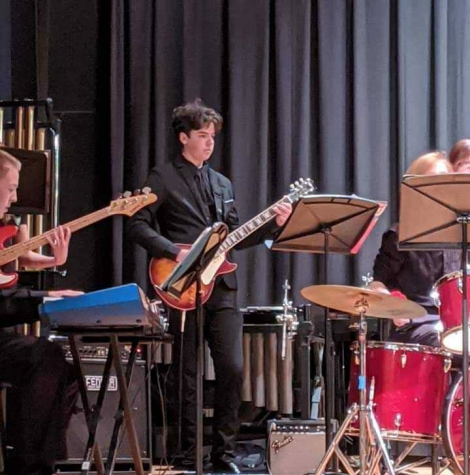
Hi my name is Evan Kissel, I am a sophomore at Sun Valley High School. This is my first year in journalism as a staff reporter. I am pretty outgoing and...

